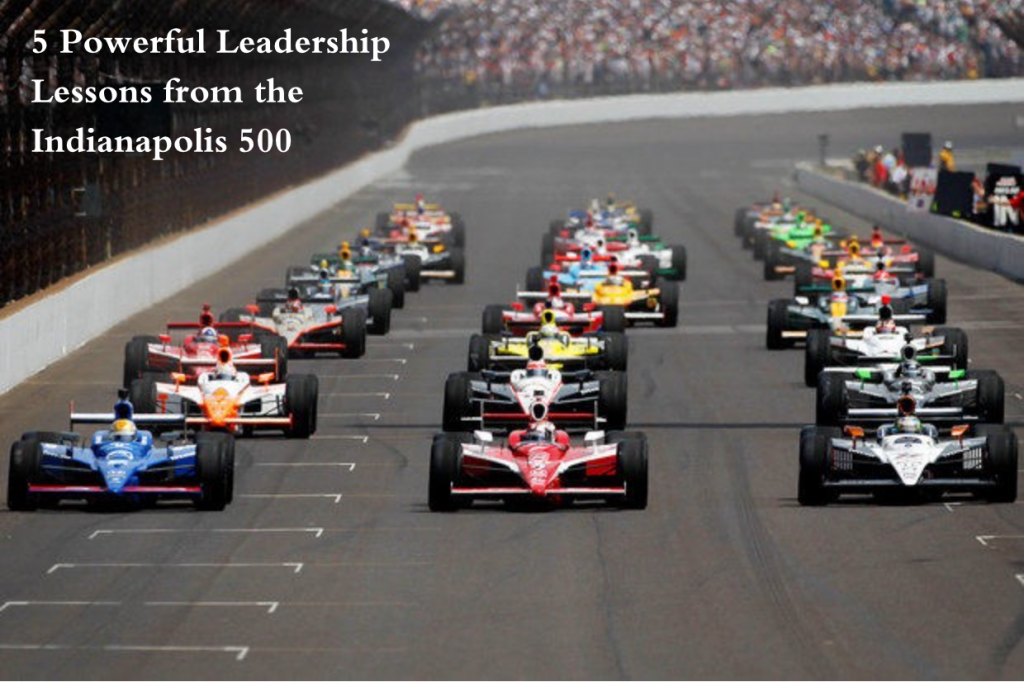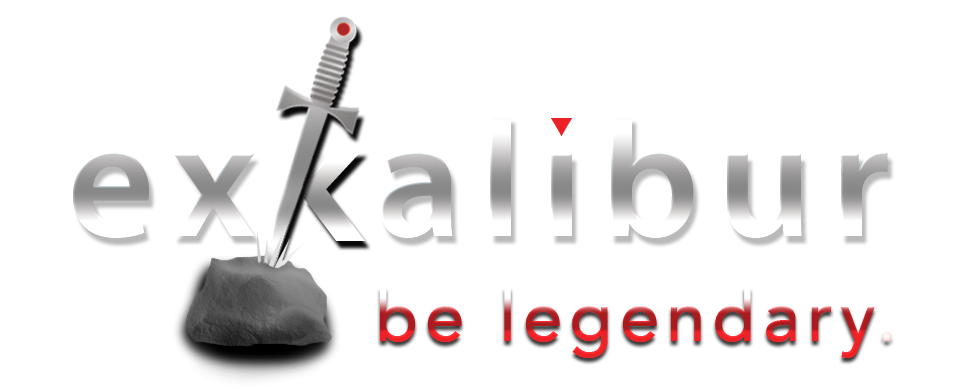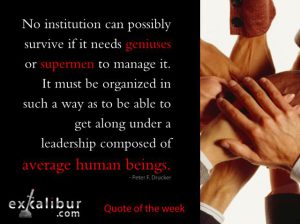Our leadership prowess is always on the line but nowhere more powerfully than on the starting line at the Indy 500. Y ou’re all in, 24/7 for 365 days … with victory in a 33 car lineup about 3 hours away. Do you understand the leadership requirements to achieve victory where there is no do-over?

Close only counts in horseshoes and hand grenades
On Sunday, May 28, 2017 … and with a spread of only 0.2011 seconds – yes, that’s about 2/10 of one second – Takuma Sato edged out Helio Castroneves who was trying to become only the 4th driver to win 4 times at the Indy 500. Sato is the first Japanese driver to win at Indy and earned his redemption from hitting the wall on the final lap in 2012.
I’ve been following this race for more than 50 years
For over 50+ years, I have listened to … and starting with the first live, same-day telecast in 1971 … watched the Indianapolis 500.
Every year.
Without fail.
What do I know about cars?
Nothing!
Really, I should say Absolutely Nothing!
I am not a car guy. I know virtually nothing about cars – I can pump the gas, change the oil … oops, I mean add the oil … and probably change a tire in an emergency – but nothing else.
I don’t watch any other races during the year and have very little knowledge of most of the drivers.
So, what is it about the Indy 500 that captures my attention every year?
Here’s the first reason.
The Indy 500 is pure Americana.
It’s America at its purest … if only for that moment frozen in time.
Yeah, I know it’s a little corny … but I don’t care.
I admit there’s a lot of nostalgia mixed in there, leavened with a dose of wishful thinking … yes, it could be a Norman Rockwell painting.
Maybe it’s only a wistful nod to the days when Father Knows Best and Leave It To Beaver represented a family ideal. Maybe because I was born and raised in the Midwest and can easily identify with the values and ideals that are front and center in the pageantry that is the Indy 500.
Is it only an extravagance of commercialism?
It’s true there’s barely an empty space on the cars or drivers where a sponsor’s logo doesn’t appear.
Hats, jerseys, racing suits – all of them are covered from head to toe with names and logos of sponsors ranging from Coca-Cola to Goodyear to Pennzoil to Verizon … the list is virtually endless.
So What? Where isn’t there someone’s logo?
What’s included in this celebration?
[pullquote]On this Memorial Day weekend, we pause in a moment of silence, to pay homage to those individuals who have given their lives–unselfishly, and unafraid–so that we may witness as free men and women, the world’s greatest sporting event. We also pay homage to those individuals, who have given their lives–unselfishly, and without fear–to make racing, the world’s most spectacular spectator sport.[/pullquote]
Here’s a brief rundown of some of the ceremony that precedes the race each year:
- A moving tribute to our veterans, followed by an invocation, traditionally preceded by the words you see in the right margin of this post, including a 21 gun salute.
- A lonely bugle plays Taps, brings tears all around … to my eyes every time I hear it … while the screen shows national memorials from each branch of the service.
- Following the National Anthem, this year a B-52 bomber courtesy of the U.S. Air Force 69th Bomb Squad, lumbers overhead as the crowd went crazy.
- “Back Home in Indiana” a Hoosier favorite, sung by Jim Cornelison)
- Thousands of red, white and blue balloons are released over the Speedway during the song as the race beginning is ready to be announced:
- “Drivers, Start Your Engines” – The previous “Lady (Ladies) and Gentlemen” is now replaced by “Drivers” so paying attention to the PC phrasing is no longer required.
- Milk has been the featured victory beverage consumed by the winner, a tradition that dates back to 1936. There is actually a menu of what kind of milk each driver prefers (whole, 2%, skim), another homage to the details that reflect intentional and attentive leadership. For the record, this year’s winner, Takuma Sato, chose 2%.
Here’s the second reason.
There are powerful lessons for leaders embedded here.
Once we strip out my wannabe nostalgia for the “good ol’ days”, there are some powerful lessons for leaders at the Indy 500.
I suppose every event has leadership lessons, but the Indy 500 is exceptional because there is extraordinary investment and preparation for an event … that barely lasts three hours.
For leaders, the Indy 500 is a microcosm of how you must vigorously apply your capabilities to achieve the desired outcome … within a very demanding timeframe … knowing unexpected problems will inevitably appear … in rapid fire order with cars going as fast as 230 mph … constantly threatening a flameout of our most carefully laid plans.
5 Powerful Leadership Lessons from the Indianapolis 500
1. Preparation is paramount
I’ve written before about the critical importance of this one word: Preparation … and I can’t think of a more powerful example than the Indy 500 race, where everything is on the line over just a few short hours.
No chance to recover … to go back to the drawing boards … no second chances … until next year. Nowhere are the lessons clearer than I described in 7 Simple Steps to Build Vital Flexibility into Your Company’s DNA.
It’s all on the line. If you’re not ready?
Stay home!
2. The Devil is in the Details
There are extraordinary guidelines that specify the chassis, engine capacity, fuel types and most other variables of the car, safety design and fuel requirements included.
Although the high speeds exceed 230 mph, the average speed is much less … accounting for pit stops, about 8 per driver, and yellow warning flags … but you still travel an entire football field in less than 1 second. Speed is reported to the 1/1000 of a second so you can be sure that details are important. The Devil is in the Details.
At that speed, this year’s victory margin was 0.2011 seconds. I doubt you could click your fingers that fast.
If you don’t get the thousands of details right, you’ll be in the grandstand instead of on the award stand. You might find some of the tips in The 7 Qualities You Need to Get Your Company on the Medal Stand to be helpful.
3. Leadership requires a minimum level of effectiveness
Indy cars have to hit 105% of minimum speed to be allowed on the track.
Just as in poker, there is an ante.
Likewise for leaders, there is a minimum level of effectiveness to be an Effective Leader. If you can’t attain that minimal level … and achieve the outcomes required … you won’t be on the field very long.
It’s up to you to get yourself to a place where you can succeed … with the tools in hand that will allow you to be an Effective Leader and achieve the results you demand of yourself, your team and your organization.
4. Be the hedgehog. Not the fox.
We think of speed as the key to victory in motor racing, but Indy car owners will tell you that speed doesn’t win races. Stamina does.
We’ve all heard the story of the rabbit and the hare, or the fox and the hedgehog popularized by Jim Collins … you know … that slow and steady pace that usually wins the race?
We beat our chest with ego aplenty when we get into the lead … and it’s easy to gloat from that superior position.
The real mission is to be leading when the race ends.
This year, Scott Dixon … who earned the prestigious start in the #1 pole position … ended up in a death-defying crash. Nothing anyone could have predicted … but in slow motion, you can see, below, it’s a testament to the incredible safety standards that Scott was able to step out of his car and walk away.
Sustaining the lead is always harder than getting one.
Ending up in the lead is hardest of all.
5. Agility separates the victors from the vanquished
You’ve probably read, “No battle plan ever survives contact with the enemy.”
True in all circumstances, but every Indy car owner, including team owner Michael Andretti , whose team won again this year for the 5th time since 2005 and his 3rd victory in 4 years, has experienced unexpected setbacks.
Your ability to recover from these mishaps is what separates you from the amateurs. Pistons explode, tires blowout and racetrack radios stop working.
Be prepared for these setbacks … train for them and know they’re coming. It’s a critical part of staying ready so you don’t have to get ready.
5 Powerful Leadership Lessons from the Indianapolis 500
Let’s recap them here:
- Preparation is paramount. No excuses.
- The Devil is in the Details. Don’t skip ahead.
- It’s up to you to achieve a Minimum Level of Effectiveness
- Be the Hedgehog. Not the Fox. Steady as you go.
- Agility separates the Victors from the Vanquished
Question: I’m sure there are other lessons you can take from the Indy 500. What comes to mind for you? Visit our Facebook Page to share your thoughts and comments.



